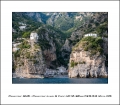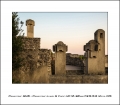One of the best things about the X-T1 is it's EVF. It truly is a joy to use. Now that it's olso got the peaking function and the split screen for manual focus lenses, I can use the Zeiss and Leica lenses on this camera with ease. A camera can influence which lenses one uses and I personally find using the 55-200 on the X-T1 easier than using it on the X-E1 or X-E2. Maybe it has to do with how well it balances and also the grip on the X-T1 is better than on the other two cameras (although I have the extra grip on the X-E1 and X-E2).
PhotoBlog of Random Images
|
| Blog Search:
Category Search:
|
05/04/14 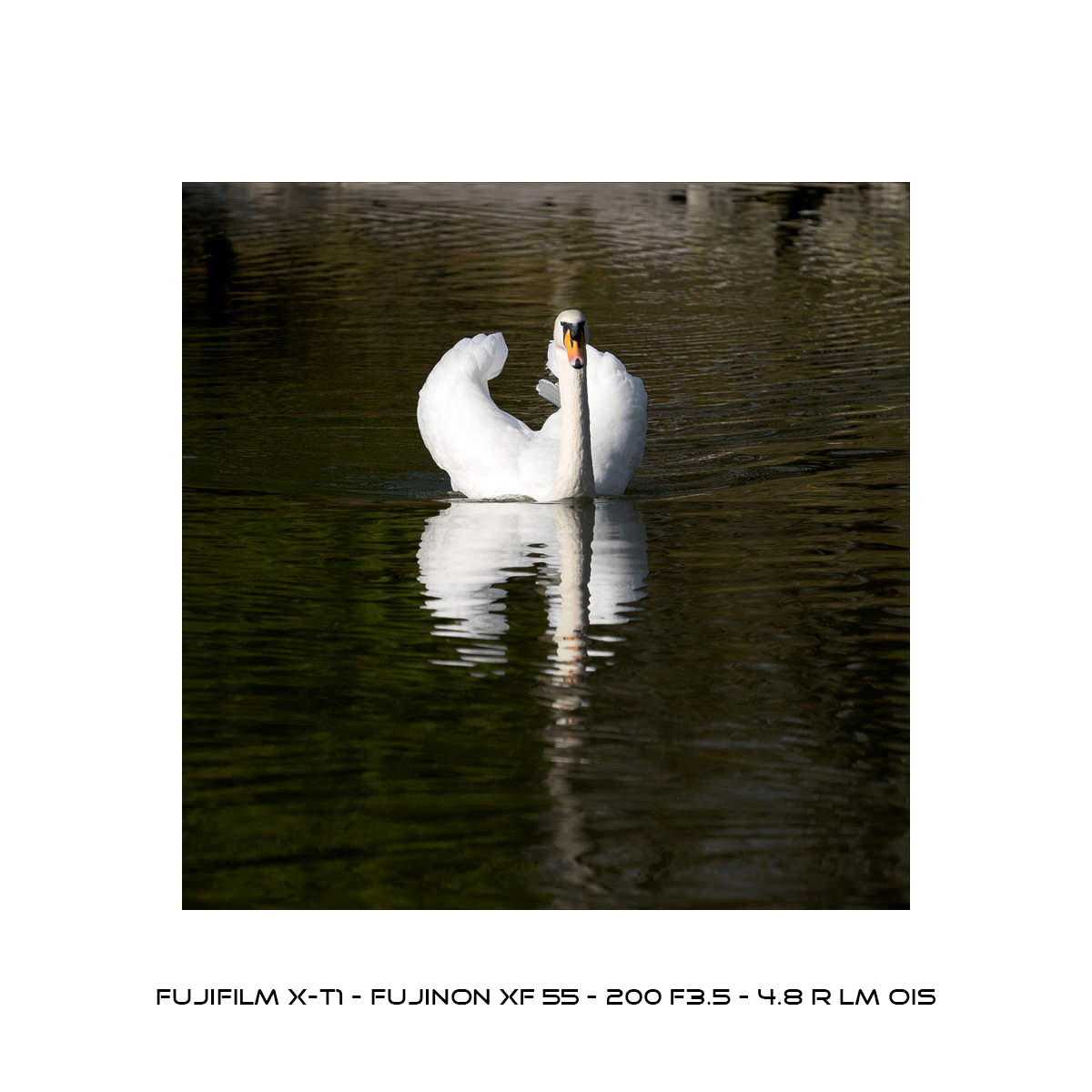 Fujifilm X-T1 - Fujinon XF 55-200 f3.5-4.8 R LM OIS988
X-T1 Focal Length: 200 mm Aperture: f/5.6 Exposure Time: 1/950 sec ISO: 200 05/03/14  Fujifilm X-T1 - Fujinon 55-200 f3.5-4.8Converted in LR v5.4 using a Gradient Mask. You shaould try this method because it's very simple and gives good results. 1160
X-T1 Focal Length: 128 mm Aperture: f/5.6 Exposure Time: 1/30 sec ISO: 400 • Fujifilm • X-T1 • 55-200 f3.5-4.8
05/02/14  Fujifilm X-T1 - Fujinon 55-200 f3.5-4.8Bokeh looks good but then again, there was plenty of background separation in here. Nevertheless, I like what I see. Colours are also good, sharpness is there so what's not to like about the system. I think the X system will become my main goto system soon. I'm still looking at what lenses are available and also what Fujifilm have planned for the next couple of years. But from what I can see there is nothing missing at present. Some of you might be looking for a lens over 300mm but you won't find one for the X system at present. Me, I don't need anything over 300mm. 1160
X-T1 Focal Length: 200 mm Aperture: f/8.0 Exposure Time: 1/90 sec ISO: 200 • Fujifilm • X-T1 • 55-200 f3.5-4.8
05/01/14 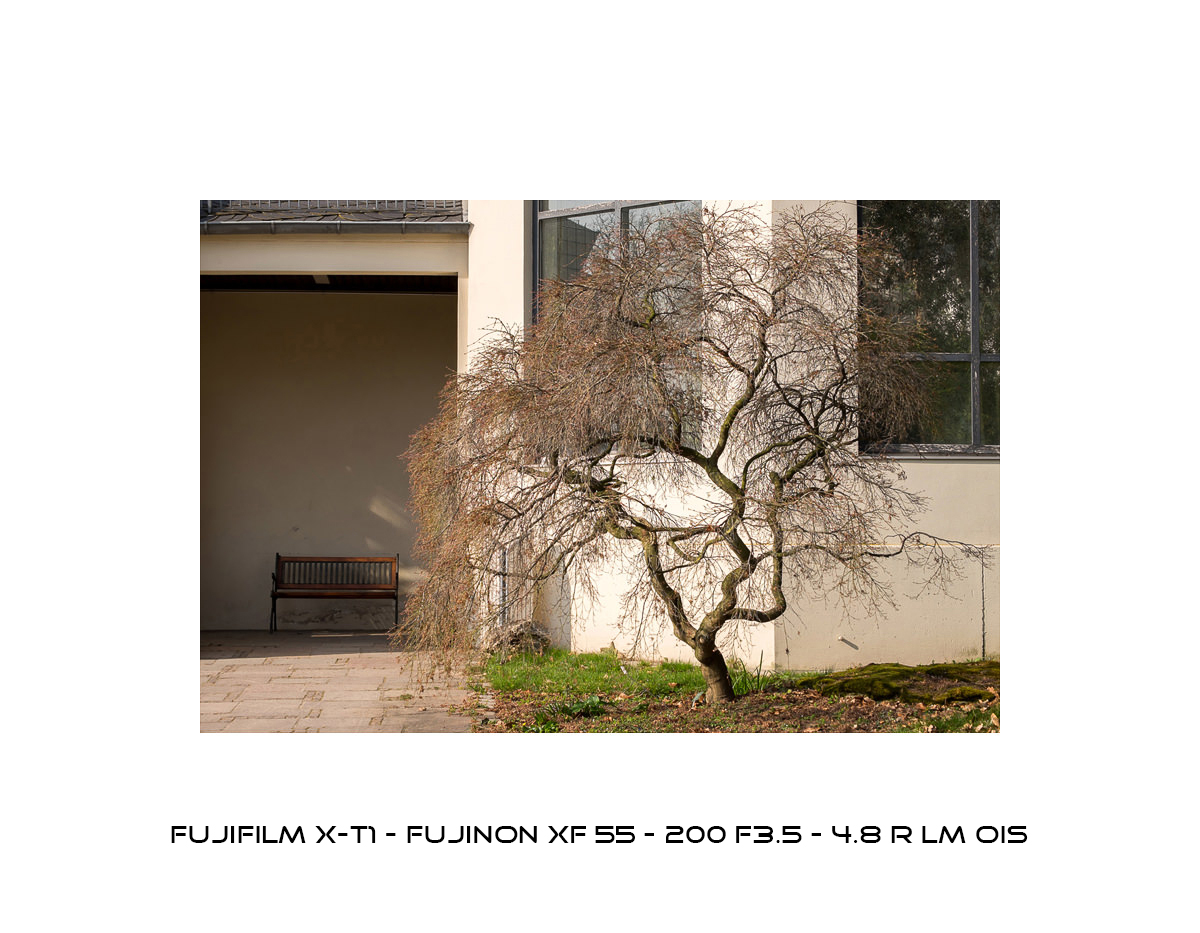 Fujifilm X-T1 - Fujinon XF 55-200 f3.5-4.8I'll be showing some more images from this combination over the next few days, so please bear with me. Some of you may find these images to be somewhat mundane but it's how I see the world and what actually attracts my eye. Maybe that's why I'm not a professional photographer but one who just enjoys it for what it is. I do it for my personal pleasure only and hopefully I can look back at these images in a few years and look through what I've documented. Isn't that what all photographers do? 1014
X-T1 Focal Length: 55 mm Aperture: f/8.0 Exposure Time: 1/300 sec ISO: 200 • Fujifilm • X-T1 • 55-200 f3.5-4.8
04/30/14 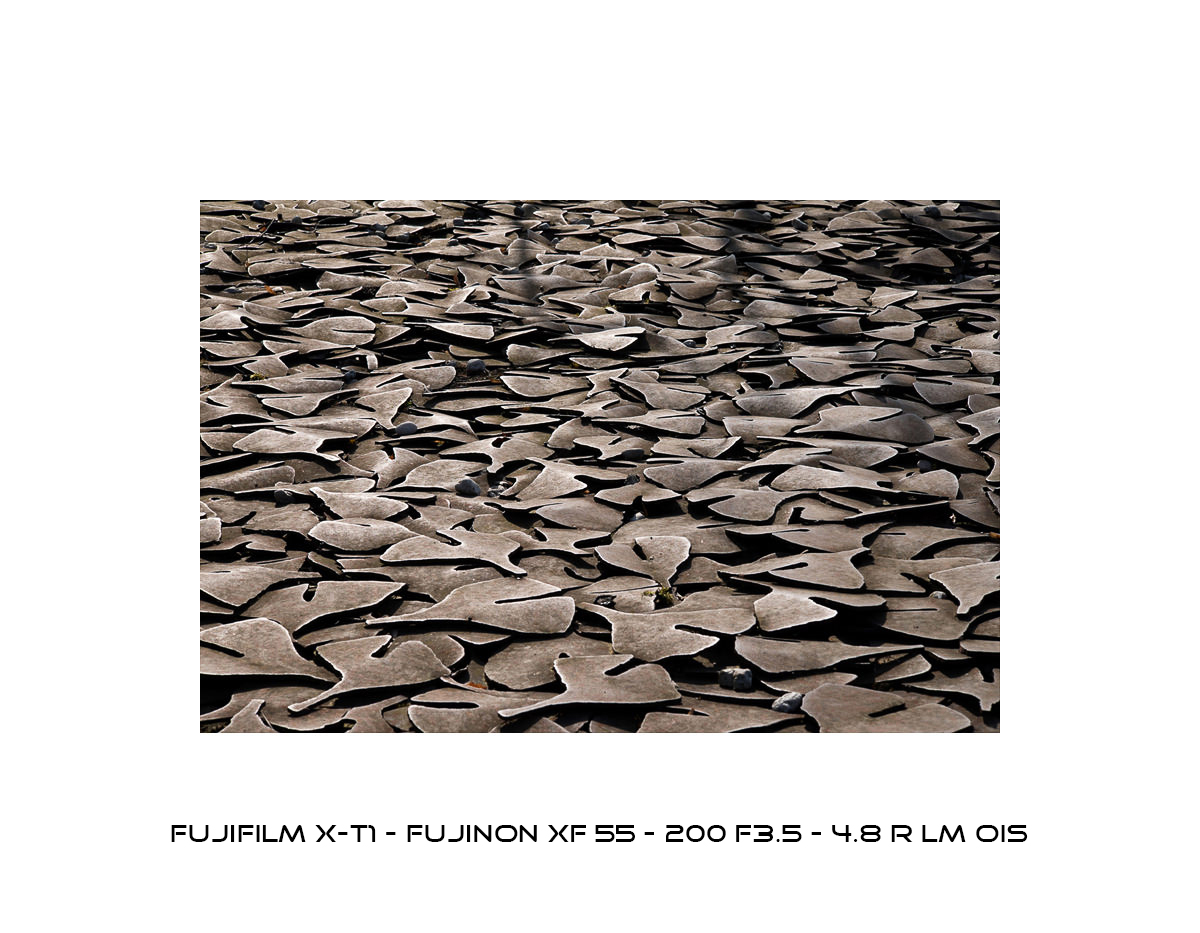 Fujifil X-T1 - Fujinon XF 55-200 f3.5-4.8Fujifilm really make excellent lenses and you can't say that most of them are expensive. This 55-200 f3.5-4.8 lens is just wonderful. It's not all that large or really heavy and carrying around all day isn't a problem, or it shouldn't be. Compare it to the Canon ar Nikon 70-200 lenses it's a lightweight. Mine is sharp at all focal lengths and all apertures although I do tend to stop it down a notch or two but that's more from habit than necessity. If you're looking for a tele lens for the X system, don't look further than this lens, it really is very good indeed. 954
X-T1 Focal Length: 60.7 mm Aperture: f/11.0 Exposure Time: 1/180 sec ISO: 200 • Fujifilm • X-T1 • 55-200 f3.5-4.8
04/28/14 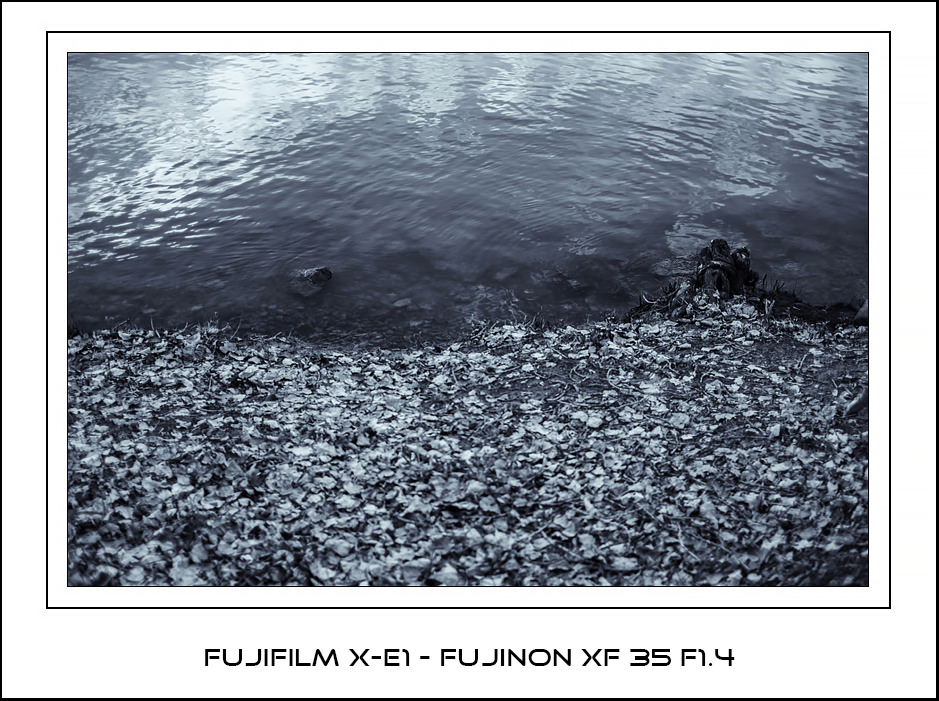 Fujifilm X-E1 - Fujinon XF 35 f1.4I've now tested this lens on the X-E1, X-E2 and the X-T1 and it performs well of all of them but I prefer using it on the X-E2 or the X-T1. I think it performs a little better on those two cameras. That's not to say its useless on the X-E1, quite the contrary but I've now decided to keep the 18-55 kit lens on the X-E1 and use the other two bodies for the rest of my Fujinon lenses. The images really let you make a lot of adjustments to them before they fall apart which is something I can't say about the mFT images. I really have to be careful about exposure (i.e. ETTR) because noise will raise it's ugly head at the slightest hint of underexposure. I really like converting the Fuji files to monochrome too, much easier than the mFT files. 1208
X-E1 Focal Length: 35 mm Aperture: f/1.4 Exposure Time: 1/450 sec ISO: 200 04/26/14 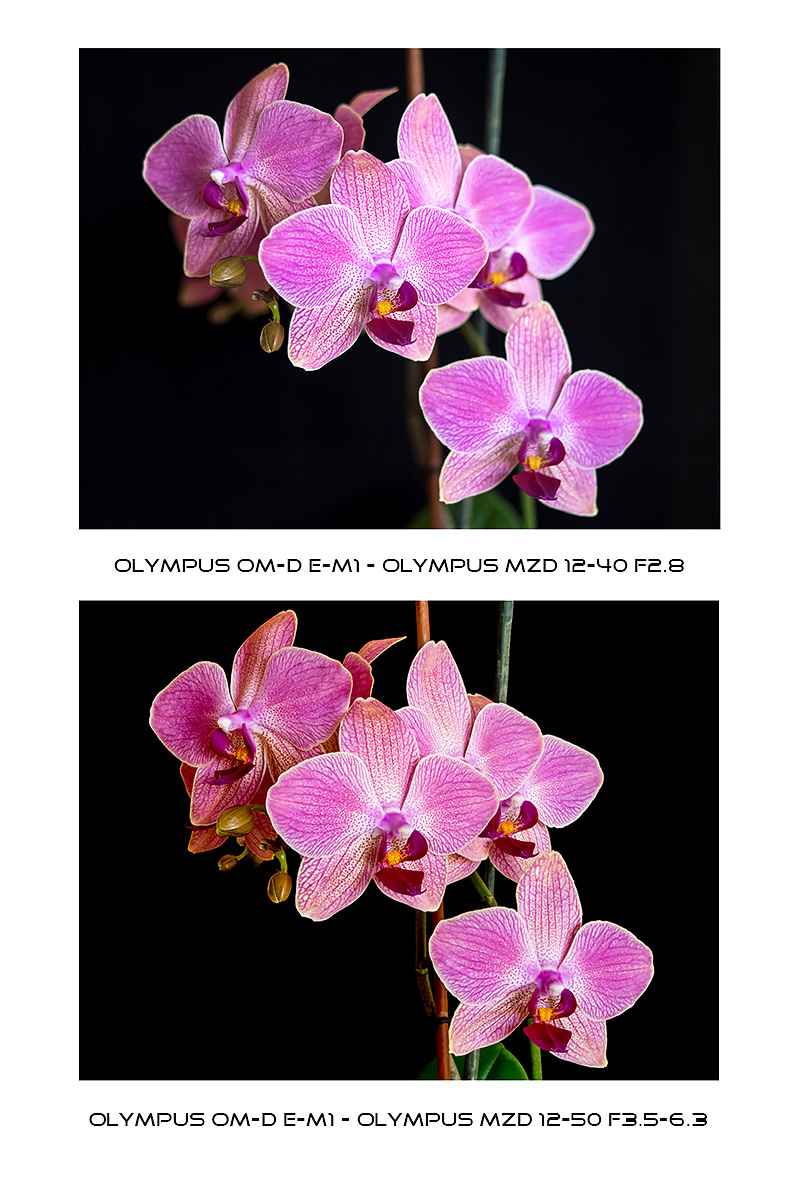 Olympus Lens ComparisonThere's been a lot of talk about the different kit lenses from Olympus and Panasonic. In the end I just got tired of it and decided to make a small test of my own to see the difference between the kit lens for the E-M5 and E-M1. Now, these two lenses are so far apart I shouldn'r really be doing this. One is realy expensive and very well built and the other is, well, it's a flimsy kit lens and a slow one at that with f6.3 at the tele end. If you read around the forums you'll notice some using the 12-50 all the time while others just don't touch it after the first test shots have been made. This tells me there's a lot of variation with the 12-50 and it's like buying a lottery ticket if you get a good one or not. If you look at the image at the top of this post you will see there isn't a lot of difference between these two lenses so it looks like I got a pretty good one. From my other outings with this lens, I can actually confirm that it is a good one and I would not hesitate to go out with this lens mounted. Except that well, f6.3 is f6.3 which is kind of slow so good light is required when shooting with this lens. Looking at the other kit lens, the 12-40 f2.8 which comes with the new E-M1 you can tell the quality just by looking at it. Very sturdy, excellent build quality and image quality matches that too. Several reviewers have stated that this lens will replace everything they have in primes for this focal length and I can quite agree with that statement. It simply is a very good lens. It is however, rather big and this is where the primes come in. All the Olympus primes are small and light producing excellent image quality. Whether you take one lens with you or 3 small primes is of course a personal thing and I'm not going to start agruing for or against primes and/or zooms.
If you came here looking for images that would sway you one way or the other, I have to disappoint you because personally, I simply couldn't tell the difference without reverting to the exif data. 1082
unknown Focal Length: unknown Aperture: unknown Exposure Time: unknown ISO: unknown • Olympus • E-M1 • 12-40 f2.8 • 12-50 f3.5-6.3
04/25/14 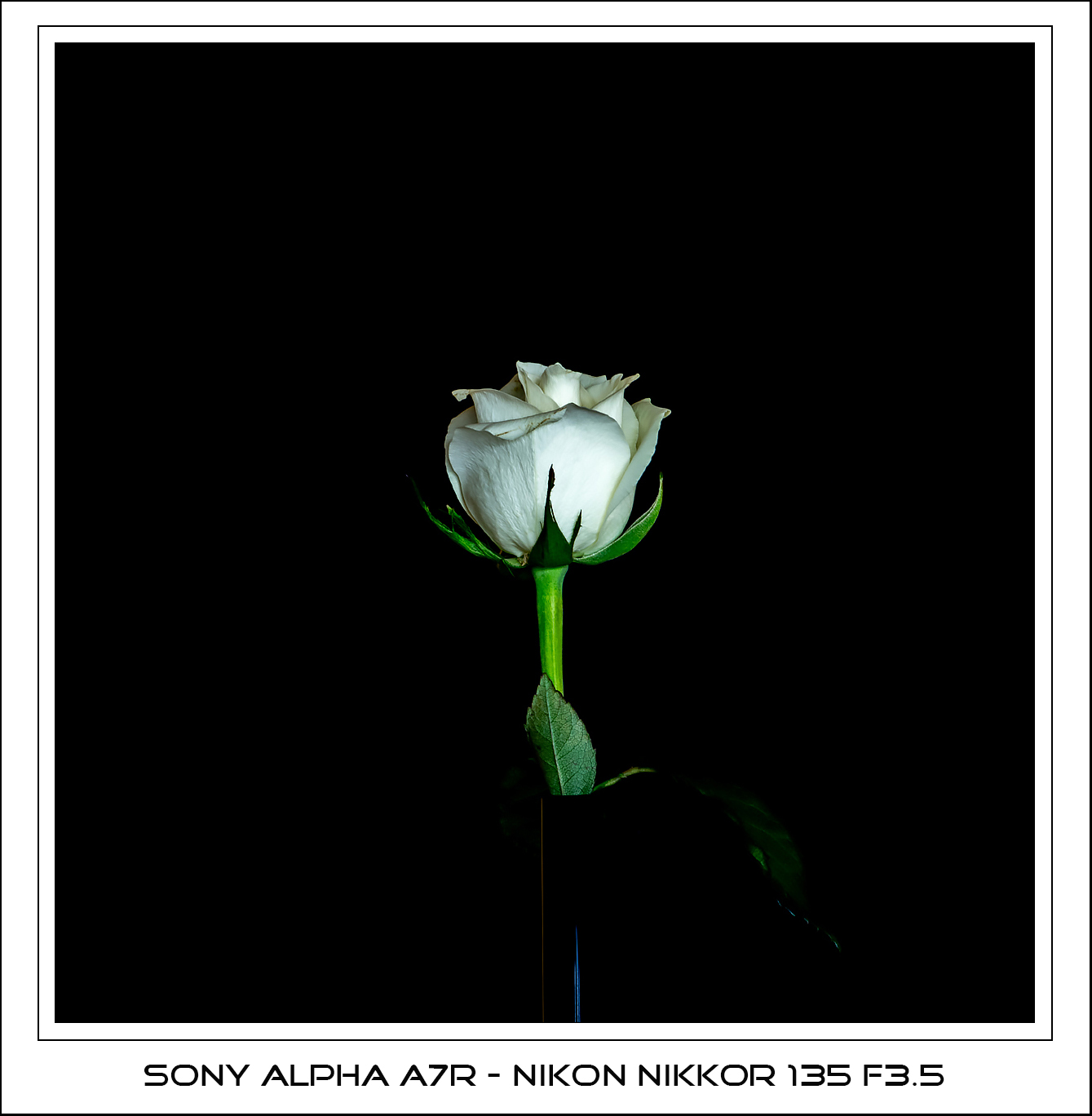 Sony Alpha A7r - Nikon 135 f3.5The second test I made was with the A7r and the Nikon 135 f3.5 lens. Probably at this resolution you won't be able to tell the difference between yesterdays image and this one but looking at them side by side at a higher resolution, the A7r image contains more detail. Depending on your media choice, i.e. what you do with your images, depends on whether the A7r is really necessary. Certainly you would benefit from the higher resolution of the A7r if large prints are to be made but for web use, no need to purchase the A7r. 966
ILCE-7R Focal Length: unknown Aperture: f/1.0 Exposure Time: 25/10 sec ISO: 800 04/24/14 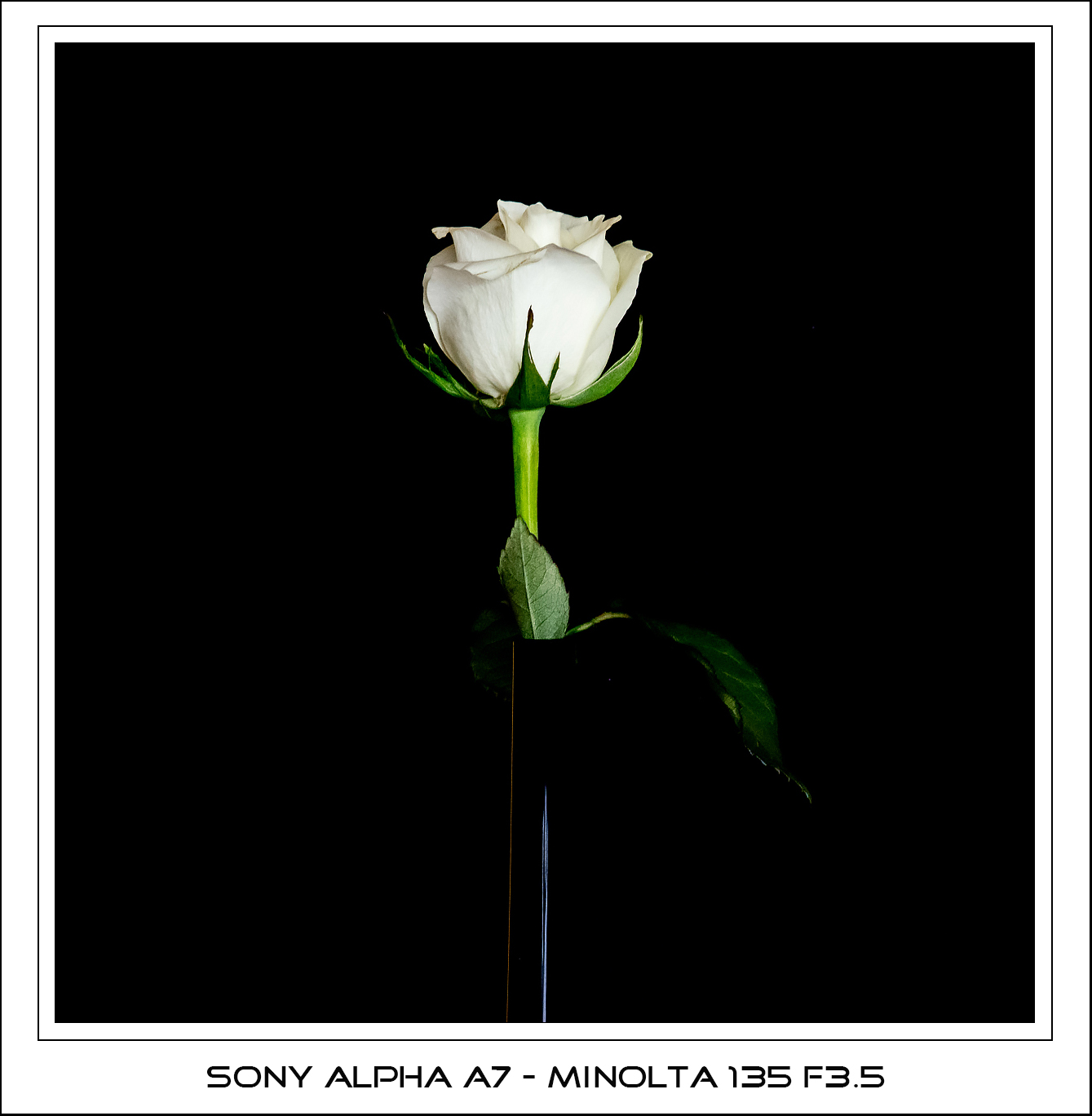 Sony Alpha A7 - Minolta 135 f3.5Still testing my 135mm lenses on different cameras. These legacy 135mm lenses are nice to use on FF cameras like the Sony Alpha A7 and A7r cameras. The Minolta was attached to the A7 for this shot. It was on a tripod and a remote release used to take the shot. Can't see anything wrong with sharpness in this shot. 1005
ILCE-7 Focal Length: unknown Aperture: f/1.0 Exposure Time: 1/5 sec ISO: 6400 04/23/14  Sony Alpha A7 - Voigtländer Nokton 50 f1.5In this last image taken with this combination I felt that a dull, cold, gray, rainy winters day deserved the same dort of image (note the lack of contrast within the image). This is the sort of image I'm not to keen on. For me a B&W image must have contrast and real blacks to it. Monochrome images must be dynamic, have lots of contrast with shadows and form defining what the image is about.
But on the day I took this above image, I felt exactly like the image looks...flat! 1123
ILCE-7 Focal Length: unknown Aperture: f/1.0 Exposure Time: 1/60 sec ISO: 125 | |












